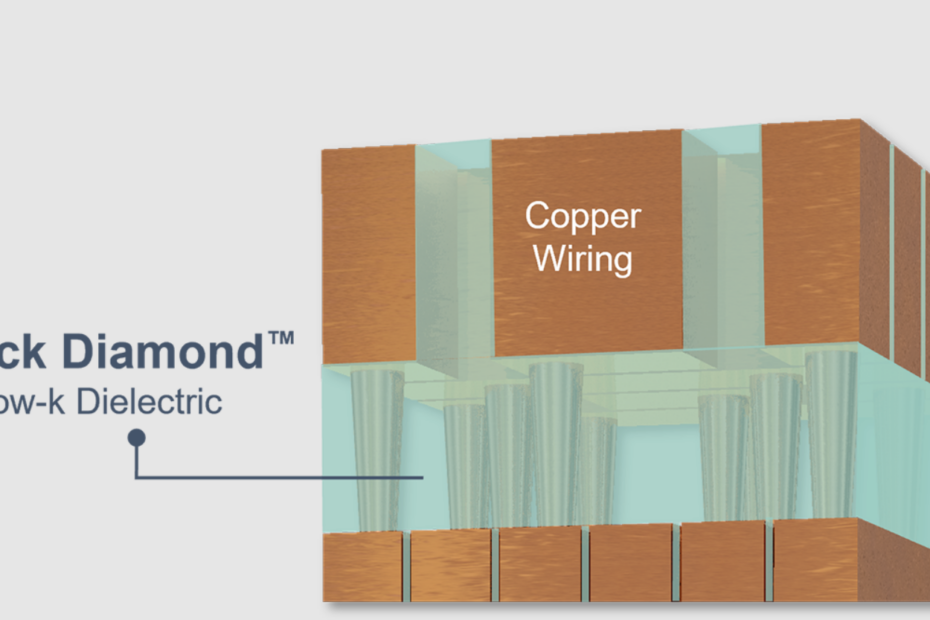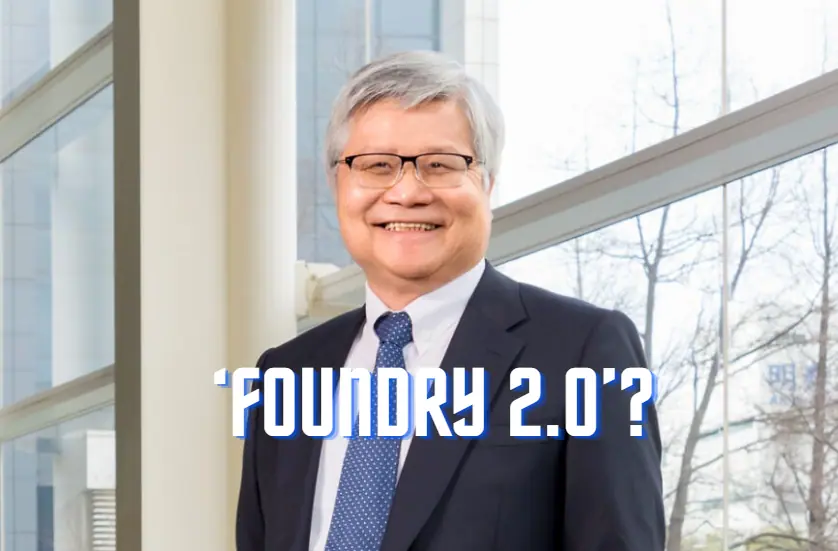The Engineering of the CHIPS Act
What’s at stake:
The CHIPS and Science Act is one of the most ambitious industrial policies the U.S. government has launched since the New Deal. Federal involvement in private industry ground to a halt in the administration of Ronald Reagan, which enforced the libertarian view that government guidelines are “business interferences” and financial assistance “handouts.” Given this recent history, the Department of Commerce has much to prove in executing the CHIPS Act fairly, effectively, transparently and on time.










